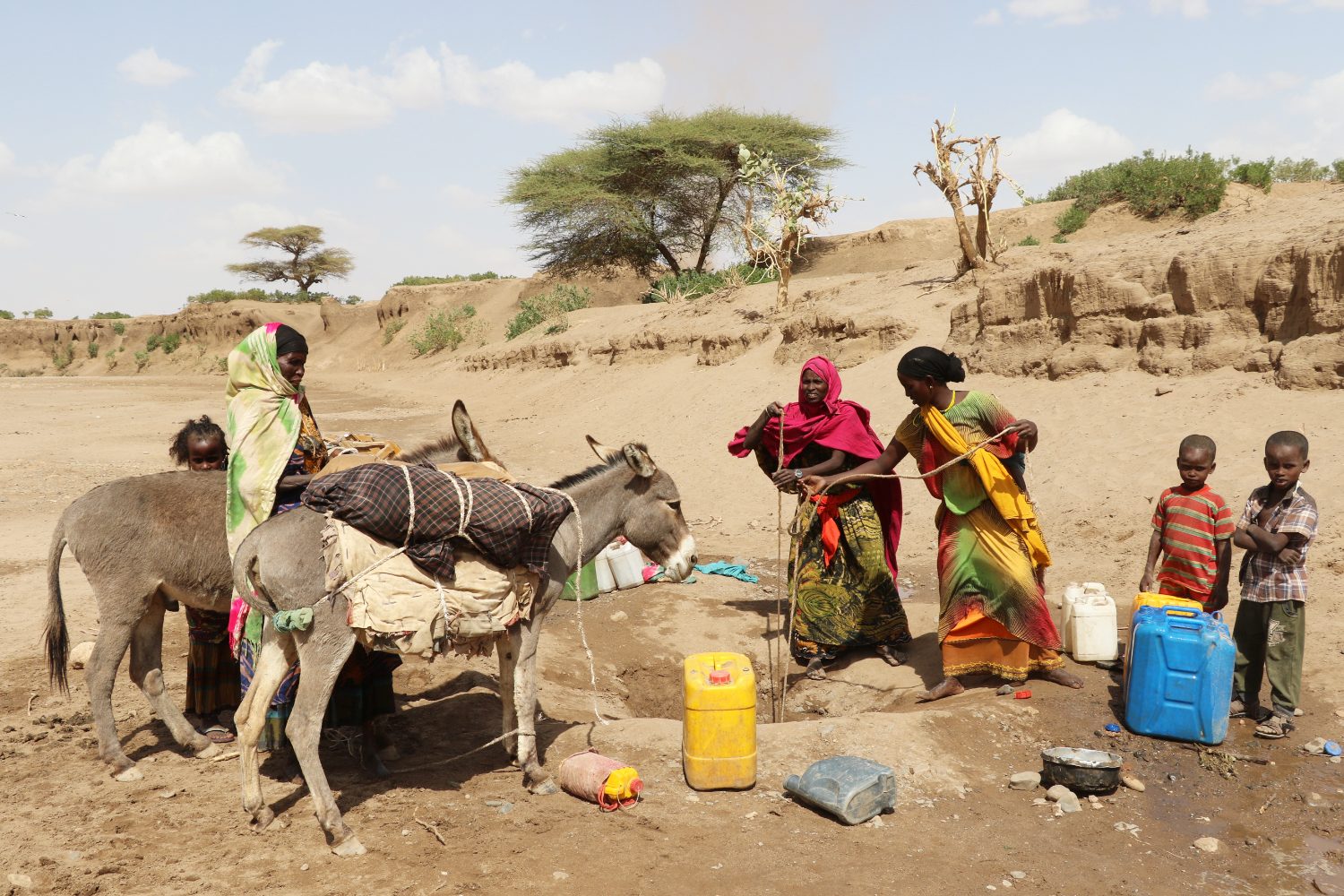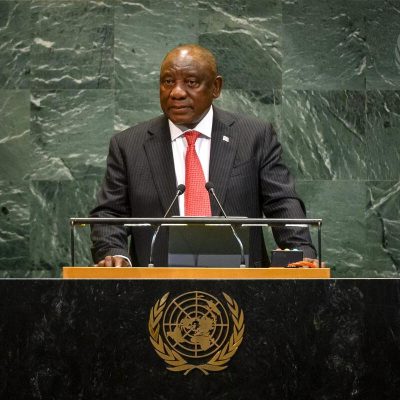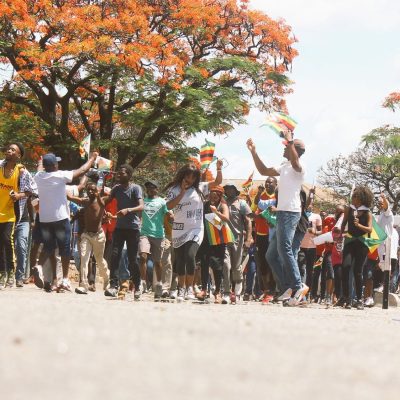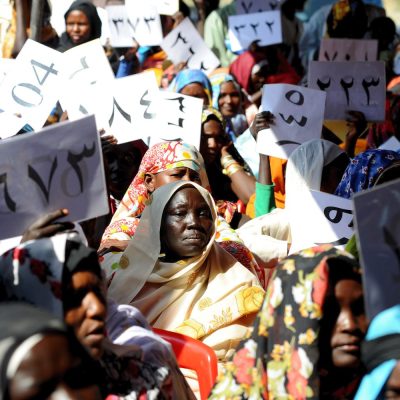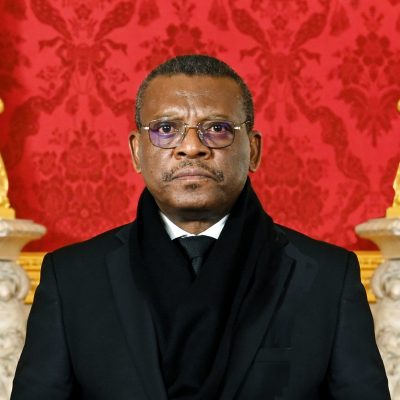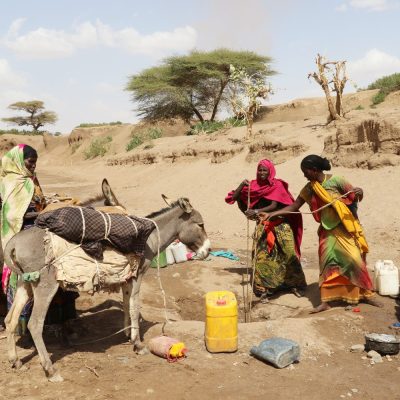Pastoralism is a livelihood mechanism and transhumance activity characterised by livestock herding and movement in the arid and semi-arid lands of East Africa. Pastoralists and agro-pastoralists move with their livestock, and in most cases, raiding, livestock theft, abduction, drought, the presence of illegal arms, inaccessibility of pastureland, water scarcity, epidemics, environmental degradation, and negative cultural practices instigate conflict and violence. These problems need solutions through mechanisms that enable the creation of peace and development.1The nature of cross-border pastoralist conflict between Kenya and Ethiopia is resource-driven. Furthermore, the salient triggers of conflict are politically motivated and ethnic-based for resource sharing and control. It is frequently witnessed across the border, and often seemingly inevitable due to resource scarcity and environmental degradation.2 A number of interventions are being carried out by non-government organisations (NGOs), international and intergovernmental organisations, and the governments of the study area in order to build peace and mitigate conflict and violence.3 The states are not the only actors in peacebuilding; it involves the participation of various non-state actors, because state-centred approaches to peacebuilding are unable to address conflict and violence.4
This article argues that multiple approaches to peacebuilding are the most important mechanisms to resolve cross-border resource-based conflicts and create sustainable peace between the pastoralist communities of the two countries. The specific objectives of this study were to identify the underlying causes of the Kenya-Ethiopia, specifically Turkana (Kenya), Hamer, Dassanech, and Nyangatom cross-border resource-based pastoralist conflicts; and to examine the peacebuilding approaches applied.
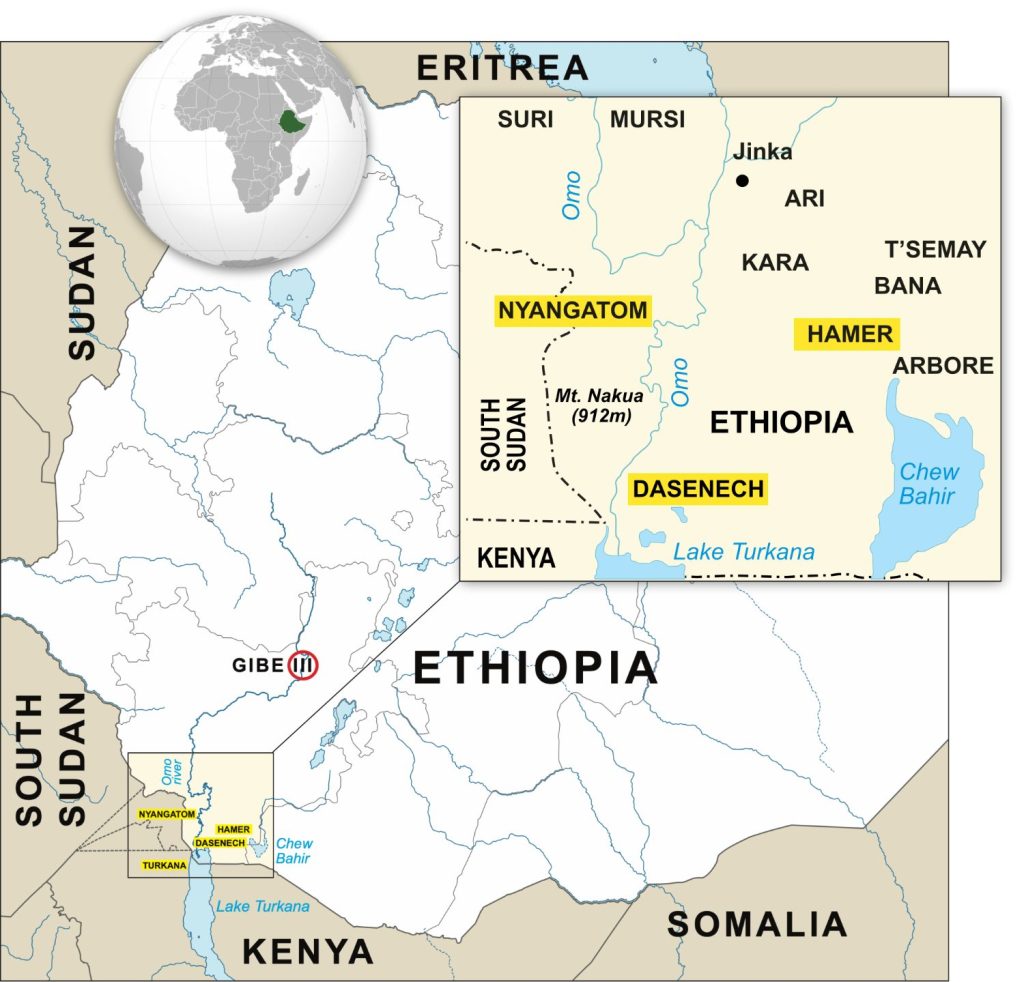
Lederach’s theory of grassroots peacebuilding is a comprehensive concept that encompasses, generates, and sustains the full array of processes, approaches, peace actors, activities, and stages needed to transform conflict towards more sustainable, peaceful relations.5 Peacebuilding practices involve the transformation of conflict through various mechanisms such as conflict resolution, management, negotiation, and prevention.6 This theoretical basis supports this study by framing questions about the practices, approaches, or mechanisms of peacebuilding. In addition, the theory is contextually relevant and compatible with positive peace, negative peace, and peacebuilding based on the conflict context. Through this theoretical approach – in strong relation with cross-border and internal resource-based conflict, and the multiple approaches or mechanisms for peacebuilding – grassroots governmental and non-governmental peacebuilding actors are understood to occupy a significant place in peacebuilding, particularly suited to address resource-based cross-border and internal conflicts and to heal the wounds of violence.
This research employed qualitative methods and a multiple case study design. The study was conducted through analysis of primary and secondary data. Purposive sampling was used to identify informants from government officials, NGOs, elders, peace and militia officers, and conflict prevention, early warning, and early response experts on the Ethiopian side. Data from the Kenyan side were collected from secondary sources and from Ethiopians. The researcher selected 107 individuals to participate in interviews and focus group discussions (FGDs). Six FGDs were conducted with peace committees; each peace committee community comprised at least eight people on the Ethiopian side. The researcher employed FGDs, interviews, and document analysis to investigate peacebuilding practices in cross-border and internal resource-based conflicts.
Causes of internal and cross-border conflicts in the Ethiopia-Kenya region
Competition over resources is often fierce across borders. Conflict over access to land, water, and fishing rights is common between the communities of the two countries.7 Resource scarcity and conflict have been severely exacerbated by government or state development projects such as the Gibe III dam and the transformation of communal lands into large-scale irrigated cash-crop schemes for sugar cane, cotton, and various crops important for the community’s livelihood. In addition, informants explained the conflict as follows:
The south Omo zone, the head department of the peace and militia office stated that the conflict takes the form of clan conflict as rival groups compete and fight over scarce resources like water points, cattle raiding and lakes for fishing. Some conflicts are driven by historical clan rivalries. Internal conflict can be seen between the Nyangatom and Suri, Dassanech and Nyangatom, Dassanech and Hamer, Dassanech and Turkana, Nyangatom and Turkana, Hamer and Mursi, and Hamer and Erbore over land.8 In addition, informants from FGD 1 and 3 stated that the internal conflicts exacerbate the external or the cross-border resource-based conflicts. When we come to the cross-border conflicts, the Hamer also fight with the Gabra community and Turkana over fishing rights and range land. The increasing pressures on resources push the border area community to resort to violence to gain access to resources. The other causes of conflict in the study area are animal raiding as a cultural value and practice. Our culture promotes animal raiding. The informants also added that the Turkana area is historically part of Ethiopia but due to negligent leadership practices of past Ethiopian governments, the area became part of Kenya. Thus, laying claim to the land.
Based on statements from a regional conference on sustainable peace for the cross-border communities of Moyale in 2019, the following are causes of the conflicts:
The economic drivers identified by the group are poverty, unemployment, shortage of resources like water and pastoral land, prevalence of smugglers and illegal traders (arms), lack of access to markets and lack of provision of social services like health centres and schools. The social drivers of conflict identified by the group are harmful traditional practices that glorify violent acts and lack of civic education on peace building, intolerance and increasingly diminishing common understandings around common values and mutual benefits. Legal drivers of conflict identified are weak rule of law and accountability, lack of sustainable systems, strategies and structures. The political drivers of conflict identified are lack of sustainable governance, lack of predictability in change, marginalisation of the border areas from development, lack of good governance and politicising conflicts by aligning them to ethnic issues, promoting ‘hate’ and violence, presence of illegal armed groups and insurgence (terrorism is not currently an issue of concern but if not given due attention it will arise in the near future).9

Land is the most important natural resource for pastoral and agro-pastoral communities in the study area. Based on data collected from informants and reports from USAID in 2021, land claims and other disputes among the Dassanech, Turkana, Nyangatom, Hamer and Gabra peoples cause conflicts.10
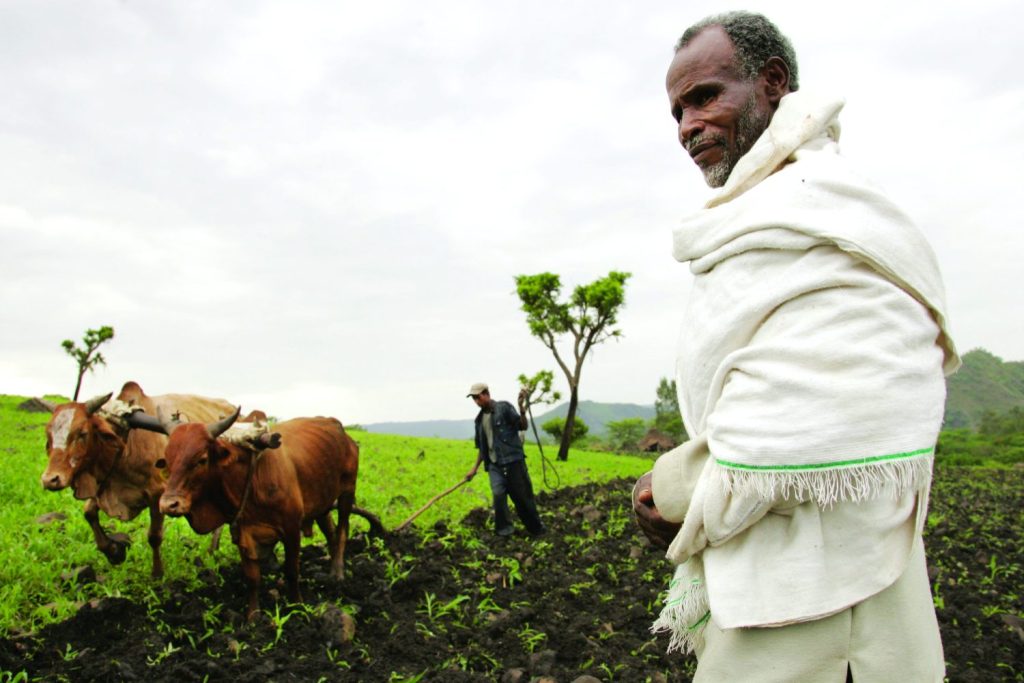
Major impacts of pastoralist and agro-pastoralist community conflicts in the study area
Conflicts in the Intergovernmental Authority on Development (IGAD) region have several negative impacts resulting from complex causes.11 These include livelihood insecurity, human rights violations due to a lack of human development, food and flood insecurity caused by climate change, and environmental degradation in most of the study area. These factors constrain communities’ adaptation to climate change and limit the mobility of people and their animals for pasture, forcing pastoralists and agro-pastoralists to overuse specific pasturelands while they are unable to access others. This increases degradation and exacerbates the impacts of climate change. Manifestations include increased droughts and floods in the study area. Climate change leads to diminished availability of rangeland resources, which exacerbates competition over resources and engenders conflict. Seasonal migration, previously for short periods corresponding to rainfall, now lasts many years due to climate change. Conflict has also contributed to forced displacement and migration as communities seek secure places to safeguard their lives. Forced displacement occurs when communities relocate to flee insecurity caused by conflict. Migration involves all community sections, with young people moving to urban areas in search of livelihood opportunities.
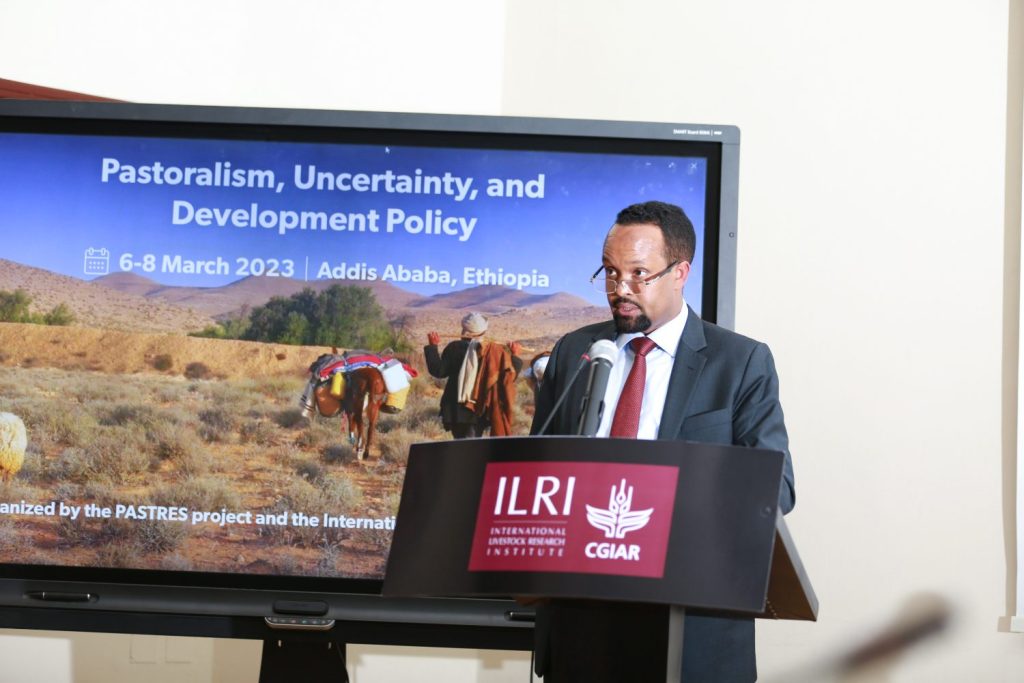
The role of various peacebuilding actors
The state as a major peacebuilding actor
The governments of the two states have worked together to mitigate conflict, build peace, and facilitate conflict transformation among the conflict-ridden pastoralist and agro-pastoralist communities of Dassanech, Nyangatom Woreda of Ethiopia, and Turkana in Kenya. As Lederach stated, peacebuilding in conflict can be undertaken through state security mechanisms.12 For instance, the state police force, the military, and local militia can manage conflict and violence by applying early warning and response systems to reduce further violence. Both governments conduct conflict resolution through elders, conflict management via police offices, and conflict prevention activities. The Dassanech, Hamer, and Nyangatom Woreda administrations work to enhance peace through established peace committees comprising cattle keepers, elders, police, and women. Public administrators facilitate peace diplomacy at all levels.
Actions taken by the south Ethiopia regional government
The south Ethiopia regional government and the Turkana county administration, working together to build peace, established the Turmi Declaration in 2025. Some of the major goals of the Declaration and the decisions of the governments are the following;
- Undertaking dialogue and finding joint solutions to cattle raiding with Turkana and Dassanech representatives.
- Strengthening indigenous conflict resolution mechanisms in the region to prevent violence.
- Strengthening relations between the regional government in Ethiopia and the Turkana county administration in Kenya and preparing a cooperation framework for times of conflict and peace.
- Working to improve security, infrastructure, and economic cooperation for mutual development.
- Continuously follow up and support the creation of sustainable peace in the region.
- Creating a mutual trade and natural resource utilisation framework.
- Establishing a cooperative local security force for sustainable peace.
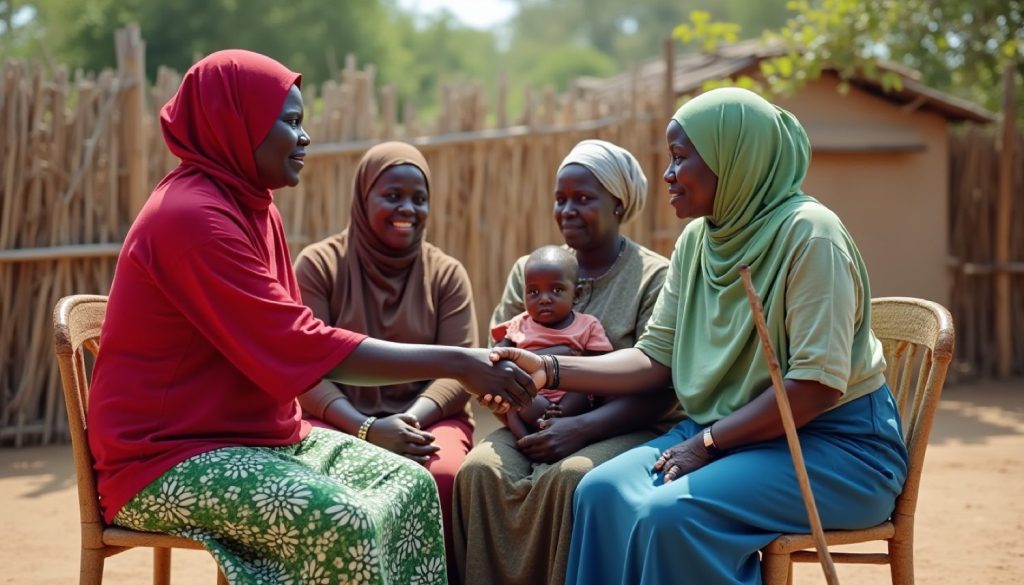
Non-governmental organisations
NGOs work to reduce conflict and show strong commitment to peacebuilding in communities across both countries; they assist in disseminating information, providing training, and participating in the reconciliation of conflicting communities.13 NGOs play an important advocacy role to help Woredas or districts ensure peace and reduce conflict. NGOs are at the cutting edge of people-centred structural peacebuilding diplomacy between the two communities. In Ethiopia, international organisations and national civil society organisations (CSOs) have had a crucial role in establishing local peace committees. CSOs support the continuity of peace dialogues between conflicting parties. They provide peacebuilding skills to leaders to enhance community-based peacebuilding (interview with zonal and Woreda peace, conflict prevention, and early response office, 2022). Most of their activities focus on livelihoods and resilience, including interventions such as rangeland management, agriculture, and water.
Local peace committees in Kebeles and small local administrative units
For the success of peacebuilding, the involvement or participation of the community is mandatory.14 To address cross-border conflict issues, cross-border (Ethiopia-Kenya) harmonising committees have been established with the objective of reducing conflict and violence in the study area. Peace committees are among the peacebuilding structures facilitating people-to-people diplomacy on the Ethiopian side and public diplomacy on the Kenyan side. To promote public or people-to-people diplomacy, South Omo zone government officials and Woreda leaders play a significant role.
The role of indigenous community-based institutions
The institution of traditional leadership originates from ancient times when communities sharing the same beliefs and kinship were allocated land for occupation and grazing.15 Conflict resolution by elders among different tribes in Ethiopia was largely influenced by religious ideas and based on community peace values.16 The same applies in Kenya, where customary law has existed since time immemorial and is recognised in Kenya’s legal system. A large number of people living in traditional communities subscribe to the principles of customary law and embrace traditional court systems. Among pastoralist communities such as the Pokot, Turkana, Samburu, and Marakwet, elders play a major role in resolving land conflicts and disputes within villages and communities.17 Informants also acknowledge the important role of indigenous mechanisms through elders in cross-border and internal conflicts. According to statements from a regional conference on sustainable peace for the cross-border communities of Moyale in 2019, traditional leaders in the cross-border communities are key drivers in translating Ethiopian and Kenyan leaders’ cross-border peace initiatives into action. It is also important to build the capacity of peace committees at the local level while strengthening peace institutions at all levels, including regional, county, and national levels. Traditional mechanisms of conflict resolution, particularly among pastoralists and agro-pastoralists, are the most appropriate for addressing the root causes of conflict and establishing sustainable peace. However, the current scenario sees traditional conflict management institutions eroded due to a lack of state support, interference by political elites, infiltration of small arms, lack of recognition of notable community leaders, human rights activists, and peace activists, as well as the limited institutional capacity of cross-border peace committees.
Pastoralist and agro-pastoralist women in peacebuildingWomen’s peace leadership is important for conflict mitigation. Women are not always victims of conflict. United Nations (UN) Security Council Resolution 1325 calls for enhanced involvement of women in conflict resolution processes, highlighting their significant role in conflict resolution and peacebuilding.18 Peacebuilding activities among pastoralist communities in the study area have traditionally been entrusted to elders and government bodies, but recently there has been increasing involvement of other groups, such as women and youths, in promoting peace and resolving conflicts through dialogue.
Football as a pathway to peacebuilding in cross-border and internal conflicts
Peacebuilding through sports activities has emerged as a tool to engage community members, liberate their minds, and encourage imaginative power to deal constructively with conflict and foster peace.19 Sports are not just physical activities regulated by norms and rules, but are viewed as wider cultural expressions that can bring people together by serving as a common denominator between communities who, at best, can actively mobilise in the name of peace.20 Football is one such sport used to create positive relationships within the study area community and is a mechanism targeted by the governments to increase communication and mutual understanding and liberate people’s minds from negative attitudes.
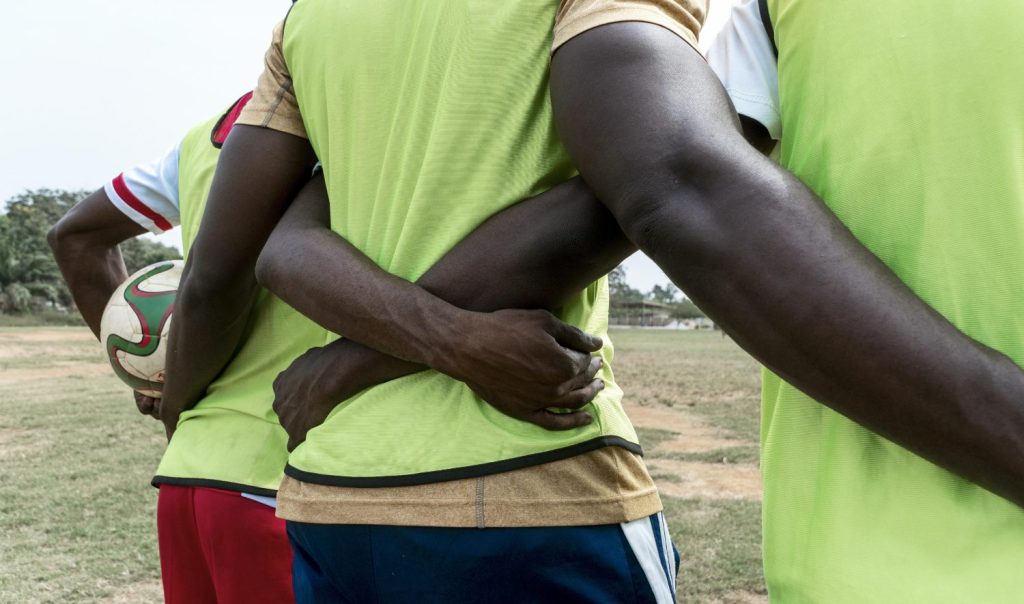
Challenges of peace and peacebuilding in the study area
Peacebuilding in the study area faces several challenges:
- Increasing climate change and environmental degradation, which has led to intensified competition over resources such as pasture, bushes, land, and water points.
- Trading in light weapons and the use of small arms are common phenomena and part of the community’s culture.
- Lack of security personnel in border areas has led to feelings of insecurity among local populations, forcing them to take up arms in self-defence.
- Elders often do not abide by state laws and tend to be more intolerant and impatient in the absence of resources for their animals and people. Elders also encourage youths to live according to cultural practices to gain access to resources like water, pastureland, fishing, and flood-retreat agriculture.
- Absence of government structures in rural areas.
- Existence of political exploitation. Political elites are suspected of exacerbating ethnic tensions for personal political gain and for the political economy of conflict and peacebuilding.
- Lack of assistance to the community through projects that support social and economic infrastructure.
Opportunities for peacebuilding in the study area
- The indigenous system of conflict resolution within each ethnic group plays a significant role in peacebuilding practices, even if it never achieves lasting peace. It creates a pathway for peacebuilding intervention.
- The newly signed commodities trade agreement and the long-established diplomacy between Ethiopia and Kenya provide important foundations for strengthening peaceful relations.
- Formal and informal education are seen as opportunities contributing to a reduction in interest in conflict participation, especially among pastoralist youths. Over time, people develop a culture of peace influenced by education and globalisation.
- nmmm mmmEstablished local peace committees for internal and cross-border conflicts, including elders, cattle keepers, and women, work together with government bodies to settle conflicts. Zonal and Woreda district governments focus on managing conflict, often rather than finding lasting solutions, due to the protracted nature of conflict in pastoralist and agro-pastoralist communities.
Conclusion
Conflict dynamics have lessened, and a form of negative peace prevails, but conflict remains seasonal. Conflict intensifies in dry seasons when water and pasture are scarce, and mobility increases to secure the lives of people and their animals. The roles of local governments, peace committees, international organisations, intergovernmental organisations, and NGOs are significant in mitigating conflicts in the study area. Tribal leaders, as part of customary institutions, have played important roles in preserving and building peace within communities and in cross-border and internal conflicts. Resource-based and use conflicts continue and require new, creative mechanisms to reduce them and achieve lasting peace. Turkana county leaders and the Dassanech, Hamer, and Nyangatom Woreda of Ethiopia have worked together to reduce conflict and violence, but lack continuous coordination and cooperation for sustained peace. The researcher recommends that the governments of the two countries emphasise prevention and management of resource-based conflicts and peacebuilding in general. Governments and other bodies need to engage in conflict intervention mechanisms to create sustainable peace and reduce the negative impacts of conflict. Furthermore, the Ethiopian government should implement formulated peacebuilding policies and focus on conflict sensitivity in development projects in the area. Recognising peace leadership in local contexts and strengthening local government structures in rural areas are also recommended as part of ongoing conflict and peacebuilding activities. Designing enabling policies and projects to secure pastoralist and agro-pastoralist peace is expected from both governments.
Asmare Shetahun Alemneh is from the College of Social Science and Humanities at the Department of Political Science and International Relations, Arba Minch University, Arba Minch, Ethiopia.
Acknowledgement: The author acknowledges Arba Minch University for financial support to conduct the study.
Endnotes
1IGAD (2022) ‘Conflict dynamics in IGAD region: drought and other hazards’, IGAD Drought Disaster Resilience and Sustainability Initiative, Addis Ababa, Ethiopia.
2Shikuku, F.; Godfrey, P.; and Kimokoti, S. (2020) ‘Nature of cross-border conflicts between the communities at the Kenya and Ethiopia border’, International Journal of Research and Innovation in Social Science, 4(10), October.
3EU Emergency Trust Fund for Africa (2016) ‘Cross-Border Analysis and Mapping’, Available at: https://blogs.soas.ac.uk/ref-hornresearch/files/2020/02/CROSS-BORDER-ANALYSIS-AND-MAPPING.pdf (Date accessed: 4 December 2023).
4Toru, S. (2010) ‘Automatic rifles and social order amongst the Dassanech of conflict-ridden East Africa’, Nomadic Peoples, 14(1).
5Lederach, J. P. (1997) Building peace: Sustainable reconciliation in divided societies, Washington, DC: USIP Press.
6Ibid.
7Gebre, Y. (2016) ‘Borderland conflicts in East Africa: The unnoticed wars in the Ethiopia-Kenya border’, Ethiopian Journal of Development Research, 38(1), 1–30.
8Interview with south Omo zone Peace and Militia office, 2024.
9UN (2019) ‘Regional Conference on Sustainable Peace for the Cross-border communities of Moyale’, Conference report, 17-18 April, Addis Ababa, Ethiopia, Available at: https://kenya.un.org/sites/default/files/2019-09/ADDIS%20CONFERENCE.pdf (Date accessed: 1 October 2023), p. 10.
10USAID (2021) ‘Ethiopia South Omo Zone conflict assessment final report’, Democracy International, Inc.
11IGAD (2022) ‘Conflict dynamics in IGAD region’, op. cit.
12Lederach, J. P. (1997) Building peace, op. cit.
13EU Emergency Trust Fund for Africa (2016) ‘Cross-Border Analysis and Mapping’, op. cit.
14Jeong, H. (2005) Peacebuilding in post-conflict societies: Strategy and process, Boulder, CO: Lynne Rienner; Lederach, J. P. (1997) Building peace, op. cit.; Zelizer, C. (2013) Integrated peacebuilding: Innovative approaches to transforming conflict, Boulder, CO: Westview Press.
15Bennett, T.W. and Murray, C. (2005) ‘Traditional leaders’, In: M. Chaskalson et al. (eds.), Constitutional law of South Africa. 2nd ed. Cape Town: Juta, Chapter 29.
16Bahtu, G. T. (2014) ‘Popular dispute resolution mechanisms in Ethiopia: Trends, opportunities, challenges and prospects’, African Journal on Conflict Resolution, 14(1), 99-123.
17Meitzner Yoder, L. S. (2003) ‘Custom and conflict’, Discussion Paper prepared for a regional workshop on Land Policy and Administration for Pro-Poor Rural Growth, Dili.
18UN Security Council (2000) ‘Resolution 1325’, S/RES/1325 (2000), 31 October, Available at: https://www.un.org/shestandsforpeace/sites/www.un.org.shestandsforpeace/files/wps_sres1325.pdf (Date accessed: 18 January 2023).
19Lederach, J. P. (1997) Building peace, op. cit.; Woodhouse, T. (2010) ‘Peacekeeping, peace culture and conflict resolution’, International Peacekeeping, 17(4), 486–498.
20Cardenas, A. (2016) ‘Sport and peace-building in divided societies: A case study on Colombia and Northern Ireland’, Peace and Conflict Studies, 23(2), article 4.

